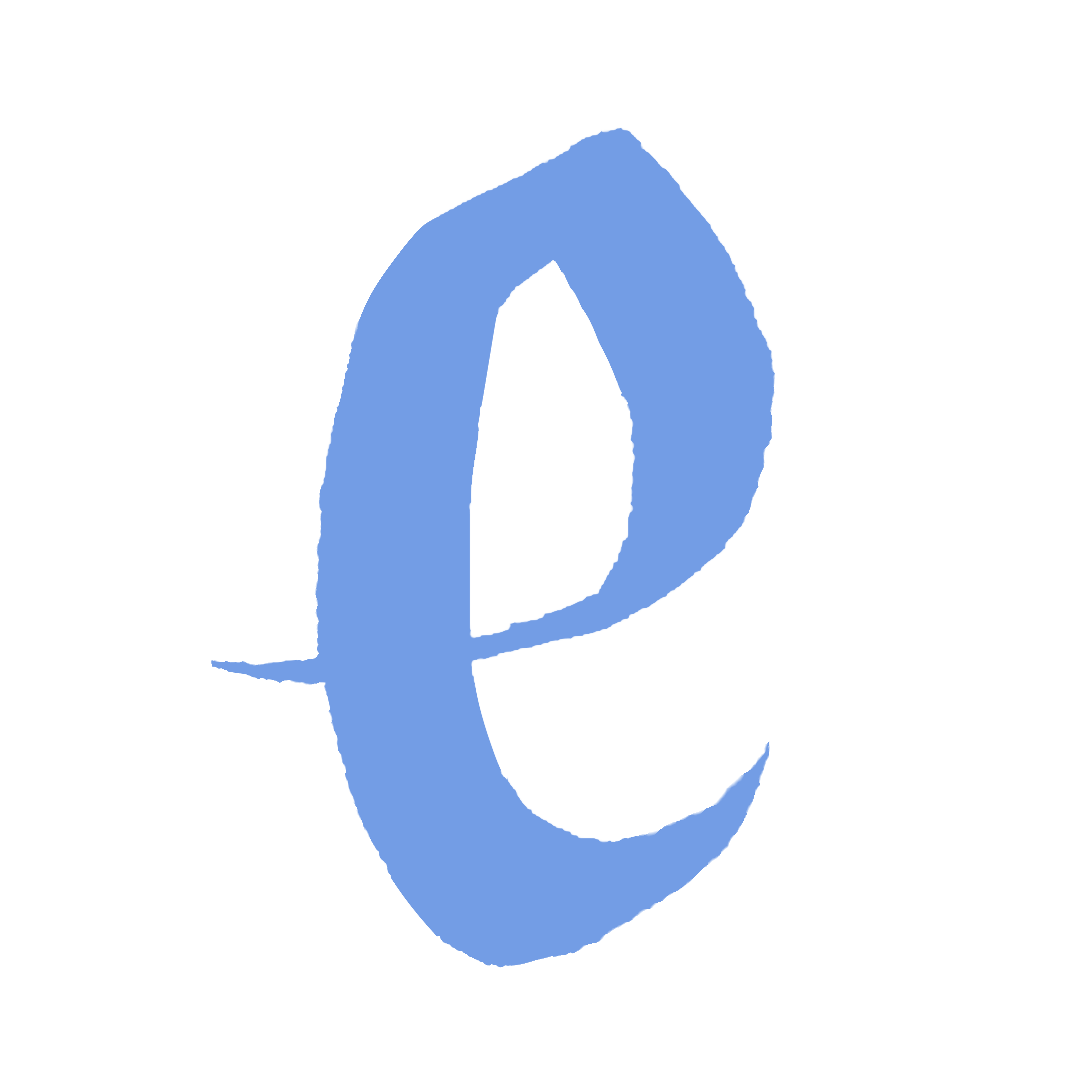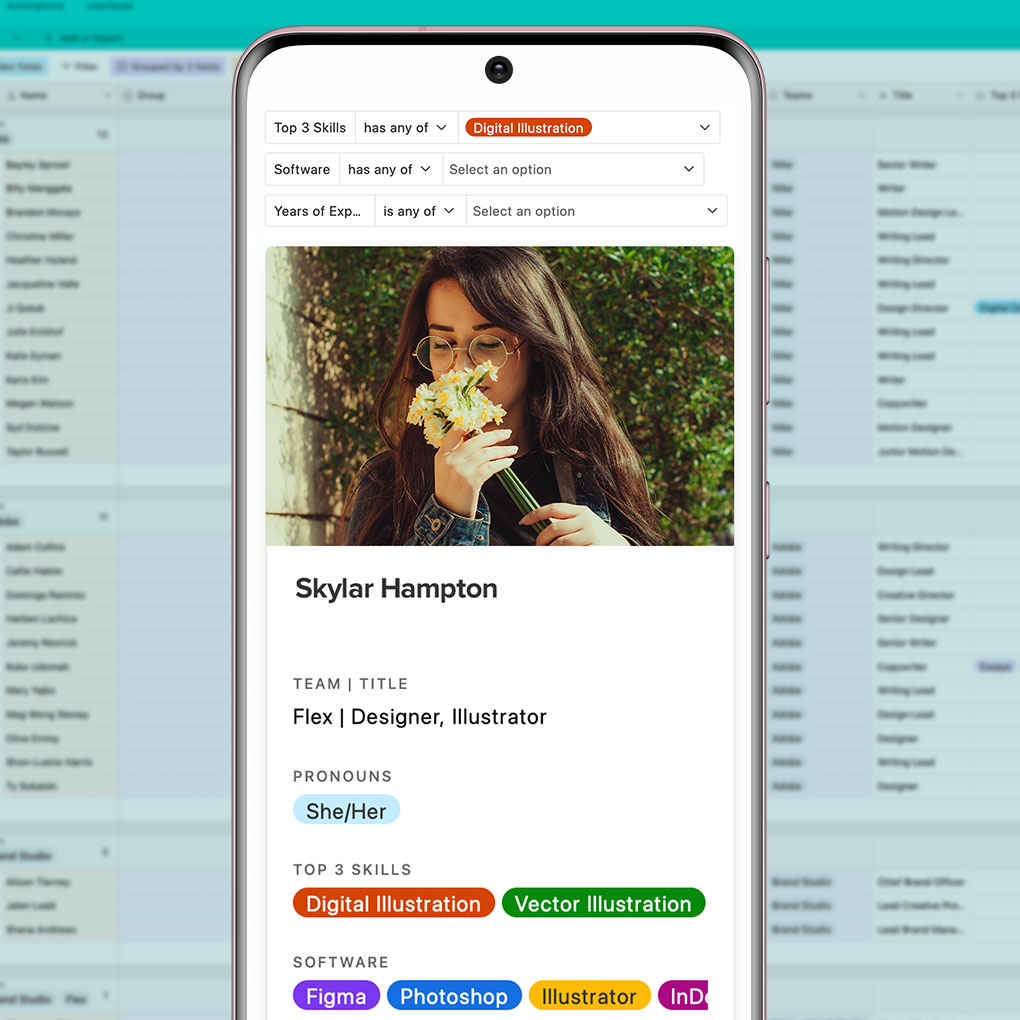
Rangefinder
Initiating an internal directory for a healthier & happier creative team.
Creative Role: Project Lead
The problem is common: After years of significant headcount scaling, an agency team is disconnected and under-utilized. The broad talents on the creative team are not clearly documented, and what documentation exists is scattered. How do you connect the right talent to the right projects and do so equitably?
In my second year at Thesis, a Design Agency in Portland, Oregon, I set out to solve this problem. In addition to creating a hub to inventory our talent, I wanted to make sure Brand Studio (internal) projects were being distributed fairly those with both the interest & foundations to take on the work. To this end I worked with two designers to customize an Airtable base we’d call the Rangefinder.
The Directory
Rangefinder has two main interfaces: a directory and a skill-finder. It is a tool for connection on our large team. Designed to be visible to the full creative team, any designer can learn more about and engage with colleagues in shared interests. We’ve included options to include portrait photos, preferred names, team alignment, and pronouns to allow for more thoughtful connection.
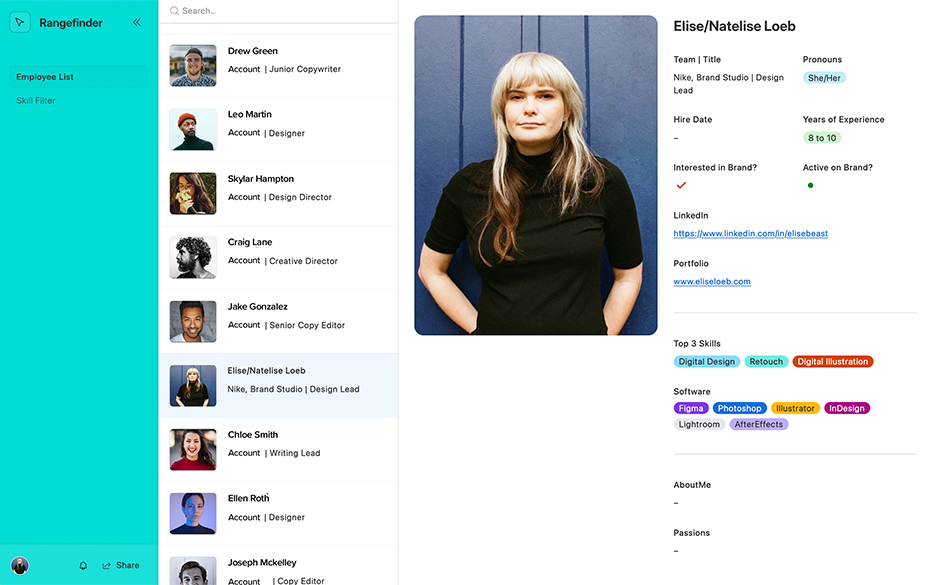
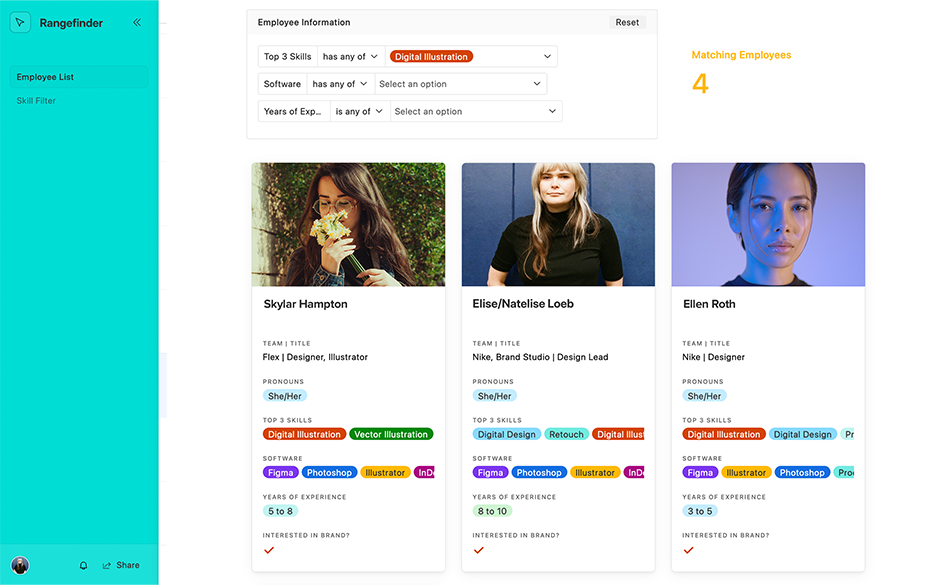
The Skill-Finder
There are three main fields that help the Rangefinder connect teammates to projects, colleagues, or team leads who need their expertise. Those filters are:
Top 3 Skills — Our most highly designed filter. We chose to limit the users input in ‘skills’ and request a quality (Top) to the skills selected. We found that people would over-enter skills otherwise, erring on the side of having more skills rather than ones that are relevant to team builders or colleagues. To improve the quality of the skill data collection, we limited the Skills selection to only 3—asking for the selections to be ‘Top’ skills, ones the user wants to utilize and lean into.
Software — Different teams use different software, so knowing what someone is technically capable in is important. This field helps us discover hidden abilities as well—unearthing designers that may be able to write code or animate. Software selections are not limited, users select all software they are proficient in. This field has potential for richer data in the future in terms of quality of proficiency, etc.
Years of Experience — Though not informative on it’s own, we believe that years of experience help give creative team leaders using this tool a baseline expectation on a user’s prior experience in leadership, complex projects, and more.
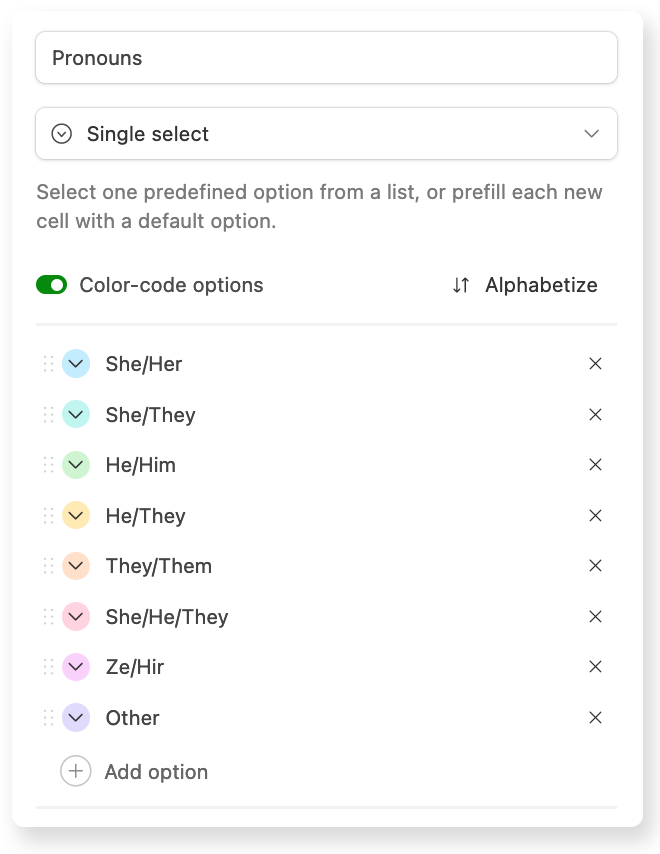
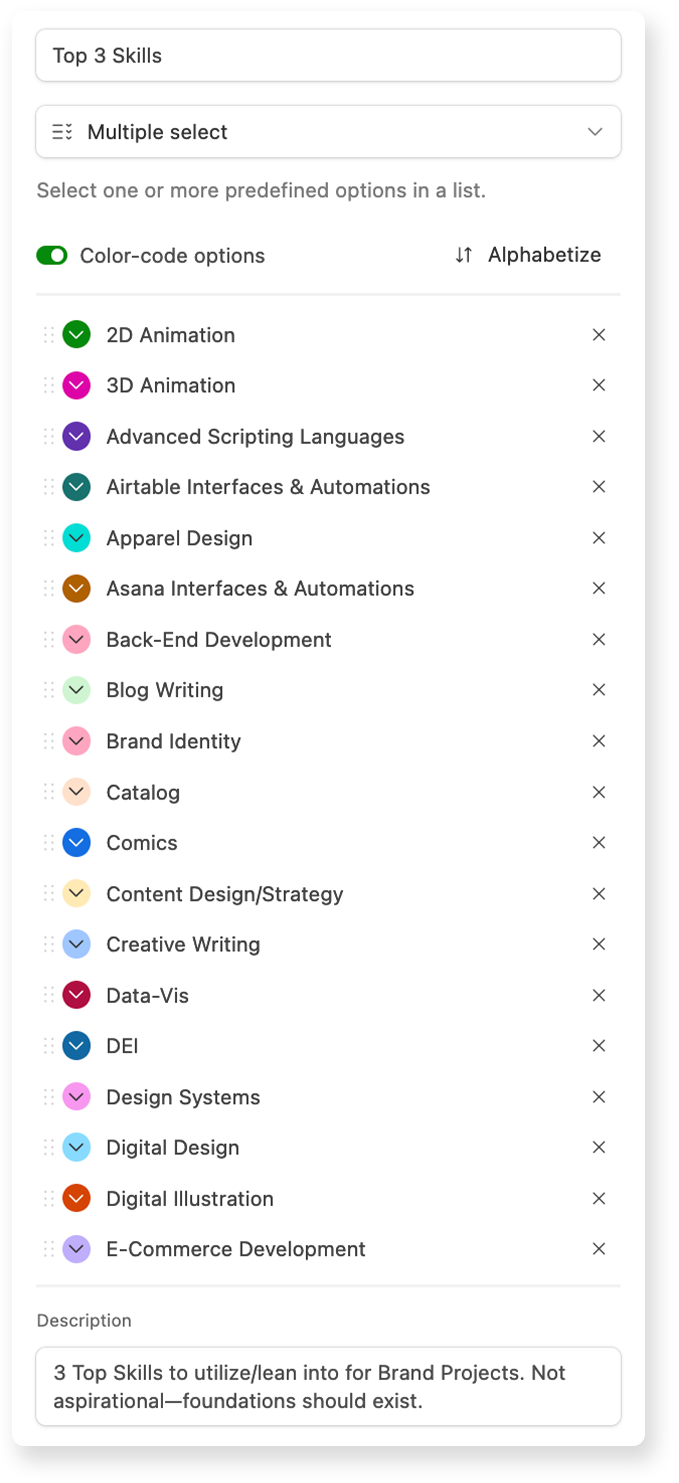
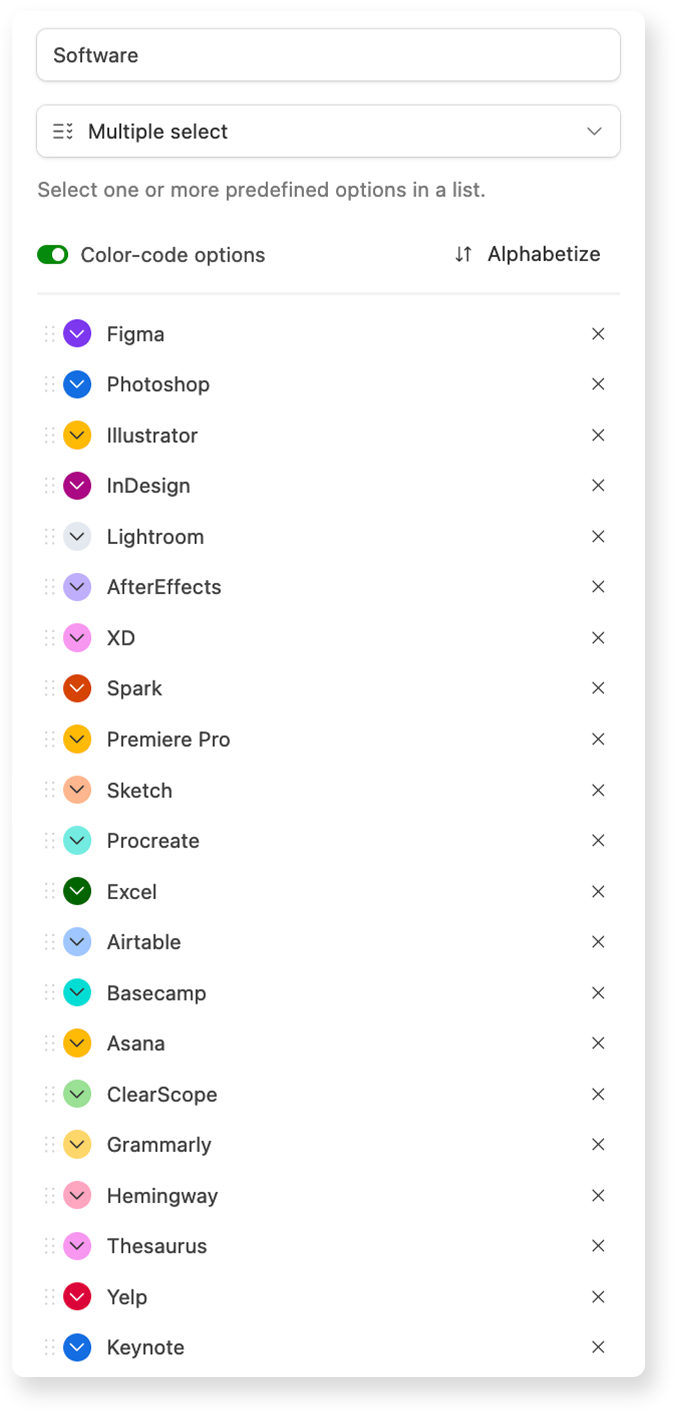
Data Input
One of the designers working on Rangefinder came up with a custom bit of code to generate forms for data input, with individual links to each designer. We ensured that they were functioning by running a pilot on our direct team, collected feedback, and adjusted language and fields for clarity before then rolled out further.
This method got us data quickly, efficiently, and engaged the whole team in the tool building process, which also ensured they would all know how to use and navigate it.
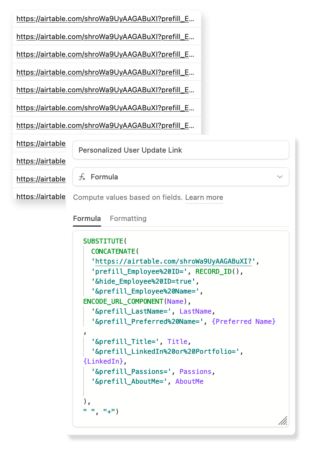
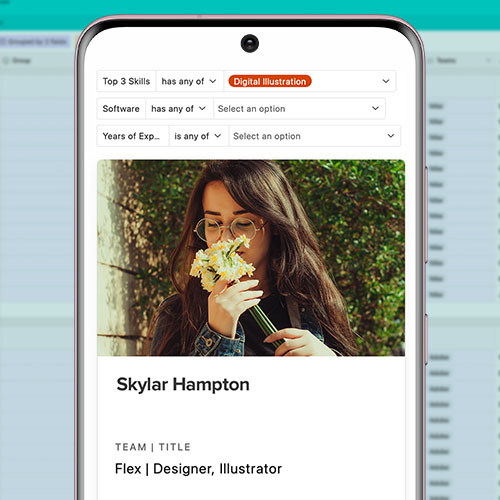
Conclusion
The Rangefinder solved core business objectives: documenting and utilizing talent. It also aimed to solve a shadow issue: people on the creative team didn’t know much about each other. A creative collaboration tool as much as a data set, the Rangefinder is a great technical result that also empowered designers to be curious about one-another in a remote setting.
